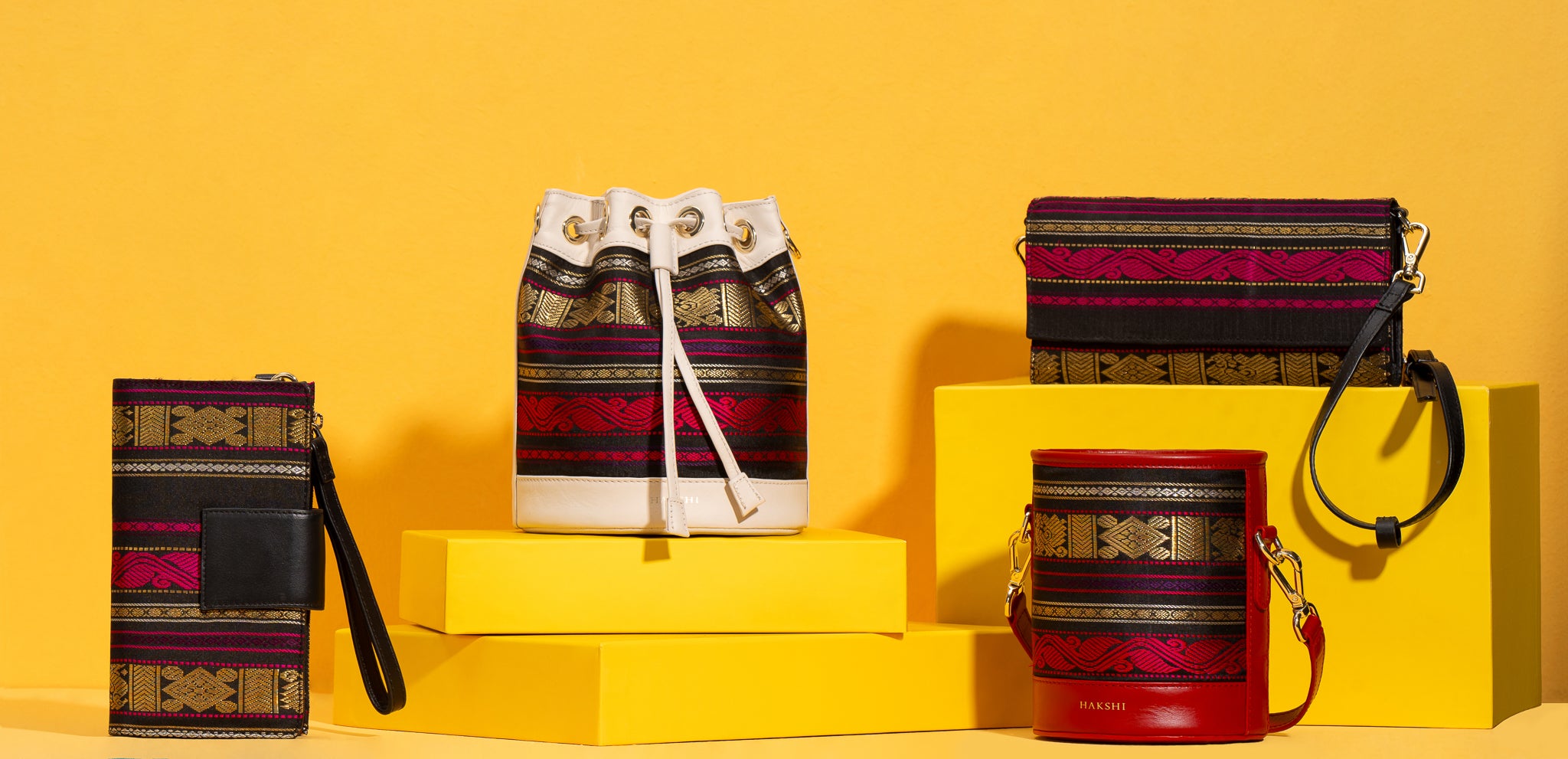Explore the Unique Saree Draping Styles Across India’s Diverse States
India is a land of rich cultural diversity, where every region has its unique traditions, including the way sarees are draped. Each state boasts a distinctive style of saree draping, reflecting its cultural heritage and identity. At Clio Silks, we celebrate this diversity by offering sarees that resonate with these traditional styles. In this blog, we explore the various traditional saree draping styles from different states in India, each telling its own story through the elegant folds and pleats.
1. Nivi Style (Andhra Pradesh)
The Nivi drape, originating from Andhra Pradesh, is the most popular and widely adopted saree draping style across India. This style involves pleating the saree at the front and neatly tucking it at the waist, with the pallu elegantly draped over the shoulder. The Nivi style beautifully accentuates the wearer’s silhouette, making it a timeless favorite.
Perfect For: Everyday wear, office attire, and special occasions.

2. Bengali Style (West Bengal)
The Bengali saree draping style is both graceful and practical. Unlike other styles, this method does not involve pleats at the waist. Instead, the saree is wrapped around the body, and the pallu is brought over both shoulders. The pleated pallu, often fan-shaped, adds a touch of drama to this elegant drape.
Perfect For: Durga Puja celebrations, traditional ceremonies, and cultural events.

3. Maharashtrian Nauvari Style (Maharashtra)
The Nauvari style, using a 9-yard saree, is reminiscent of the Maratha warrior spirit. This drape, resembling a dhoti at the bottom, allows for ease of movement while maintaining a regal look. The pallu is usually draped over the shoulder or wrapped around the waist, making it a practical choice for active lifestyles.
Perfect For: Religious rituals, weddings, and festive occasions.

Source:Pinterest
4. Gujarati Style (Gujarat)
In the Gujarati draping style, the pallu is brought from the back to the front and spread across the chest. This style is not only eye-catching but also highlights the intricate designs on the pallu, making it a preferred choice for showcasing beautifully embellished sarees.
Perfect For: Weddings, Garba nights, and family gatherings.

Source:Pinterest
5. Madisar Style (Tamil Nadu)
The Madisar drape is traditional to Tamil Brahmin women, especially during religious ceremonies. This style uses a 9-yard saree and involves wrapping the saree in a way that resembles a dhoti at the bottom, with the pallu draped over the shoulder. The Madisar style is deeply rooted in tradition and is a symbol of cultural heritage.
Perfect For: Religious ceremonies, weddings, and traditional functions.

6. Assamese Mekhela Chador (Assam)
The Assamese Mekhela Chador is a two-piece attire that is as graceful as it is unique. The bottom piece, Mekhela, is worn like a skirt, while the Chador is draped around the upper body and over the shoulder. This drape is elegant and reflects the simplicity and beauty of Assamese culture.
Perfect For: Bihu festival, cultural events, and traditional ceremonies.

Source:Pinterest
7. Coorgi Style (Karnataka)
The Coorgi style, traditional to the Coorg district of Karnataka, is distinctive with its pleats at the back and pallu secured with a brooch. The saree is wrapped tightly around the body, with the pallu coming under the left shoulder and draped over the right. This style is practical and adds a touch of elegance to the wearer.
Perfect For: Traditional ceremonies, festivals, and weddings.

Source:Pinterest
8. Kashta Style (Maharashtra)
Similar to the Nauvari drape, the Kashta style involves tucking the pleats at the back, resembling a dhoti. The pallu is often tucked at the waist and then draped over the shoulder. This style is deeply rooted in Maharashtrian tradition and is perfect for women who prefer comfort without compromising on style.
Perfect For: Religious events, traditional ceremonies, and festive occasions.

Source:Pinterest
9. Kerala Mundum Neriyathum (Kerala)
The Mundum Neriyathum is the traditional attire of Kerala women, characterized by its simplicity and elegance. This two-piece garment consists of the Mundu, wrapped around the waist, and the Neriyathu, draped over the shoulder. The white and gold combination is iconic, symbolizing purity and grace.
Perfect For: Onam celebrations, weddings, and religious ceremonies.

Source:Pinterest
10. Odissi Style (Odisha)
The Odissi drape is unique to the state of Odisha, characterized by its pleats on the side and the pallu pleated and draped over the left shoulder. This style is not only graceful but also showcases the intricate handloom work that Odisha is famous for.
Perfect For: Traditional festivals, weddings, and cultural events.

Source:Pinterest
Conclusion
India’s diverse saree draping styles are a testament to the country’s rich cultural heritage. Each style is more than just a way of wearing a saree—it is a representation of the region’s history, traditions, and values. At Clio Silks, we celebrate this diversity by offering a wide range of sarees that cater to these traditional draping styles. Whether you prefer the elegance of the Nivi drape or the regal appearance of the Nauvari style, you’ll find the perfect saree at Clio Silks to express your unique cultural identity.
Explore our collection today and embrace the timeless elegance of Indian sarees!
| Explore Kanchipuram Silk Saree | Explore Soft Silk Saree | Explore Tussar Silk Saree | Explore Silk Cottton Saree | Explore Banaras Silk Saree | Explore Ikat Silk Saree | Explore Gadwal Silk Saree |






Leave a comment